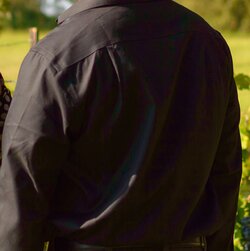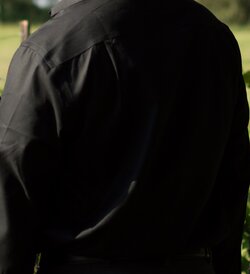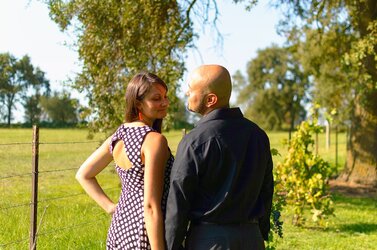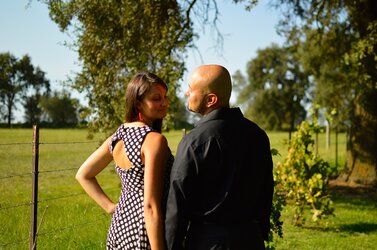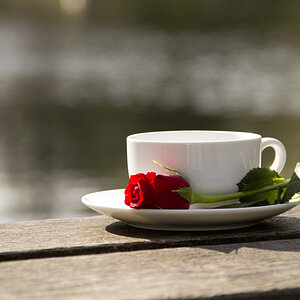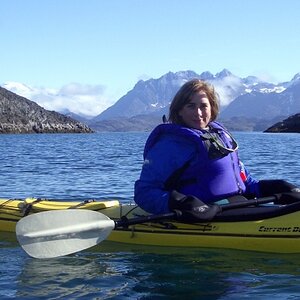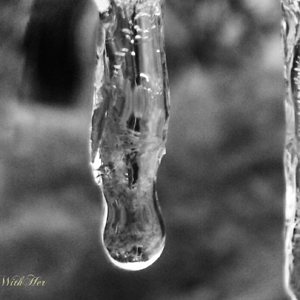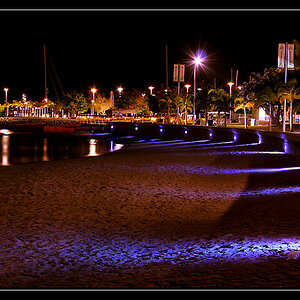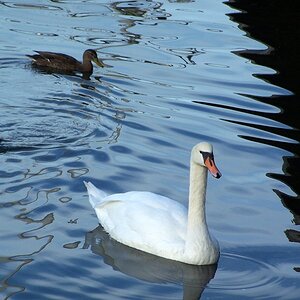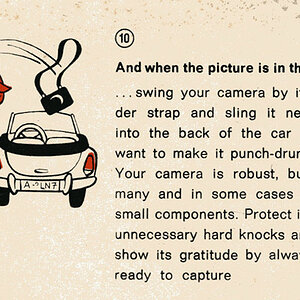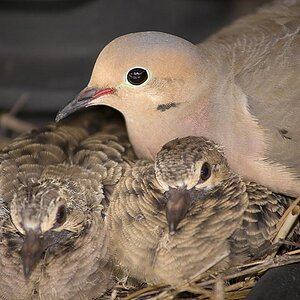elementgs
No longer a newbie, moving up!
- Joined
- Sep 1, 2013
- Messages
- 136
- Reaction score
- 26
- Location
- California!
- Website
- www.element.gs
- Can others edit my Photos
- Photos OK to edit
I honestly have no idea what I did wrong.
I shot this in RAW. ISO100, 35MM, f/1.8, 1/2000s.
The raw shot was underexposed, though my intent was to do so because I knew I could pull it out in post... well I thought at least... I mean with the light as bright as it was, I duno, I'm still learning.....
Anyways... this is what I saw in lightroom after changing the settings like I normally do. I didn't do anything crazy... none of my settings were greater than +20 across the board... I literally have no idea why this happened.
Incidentally, the bland one is the flat RAW as viewed from in Lightroom with nothing adjusted.
Any help would be appreciated.
I shot this in RAW. ISO100, 35MM, f/1.8, 1/2000s.
The raw shot was underexposed, though my intent was to do so because I knew I could pull it out in post... well I thought at least... I mean with the light as bright as it was, I duno, I'm still learning.....
Anyways... this is what I saw in lightroom after changing the settings like I normally do. I didn't do anything crazy... none of my settings were greater than +20 across the board... I literally have no idea why this happened.
Incidentally, the bland one is the flat RAW as viewed from in Lightroom with nothing adjusted.
Any help would be appreciated.


